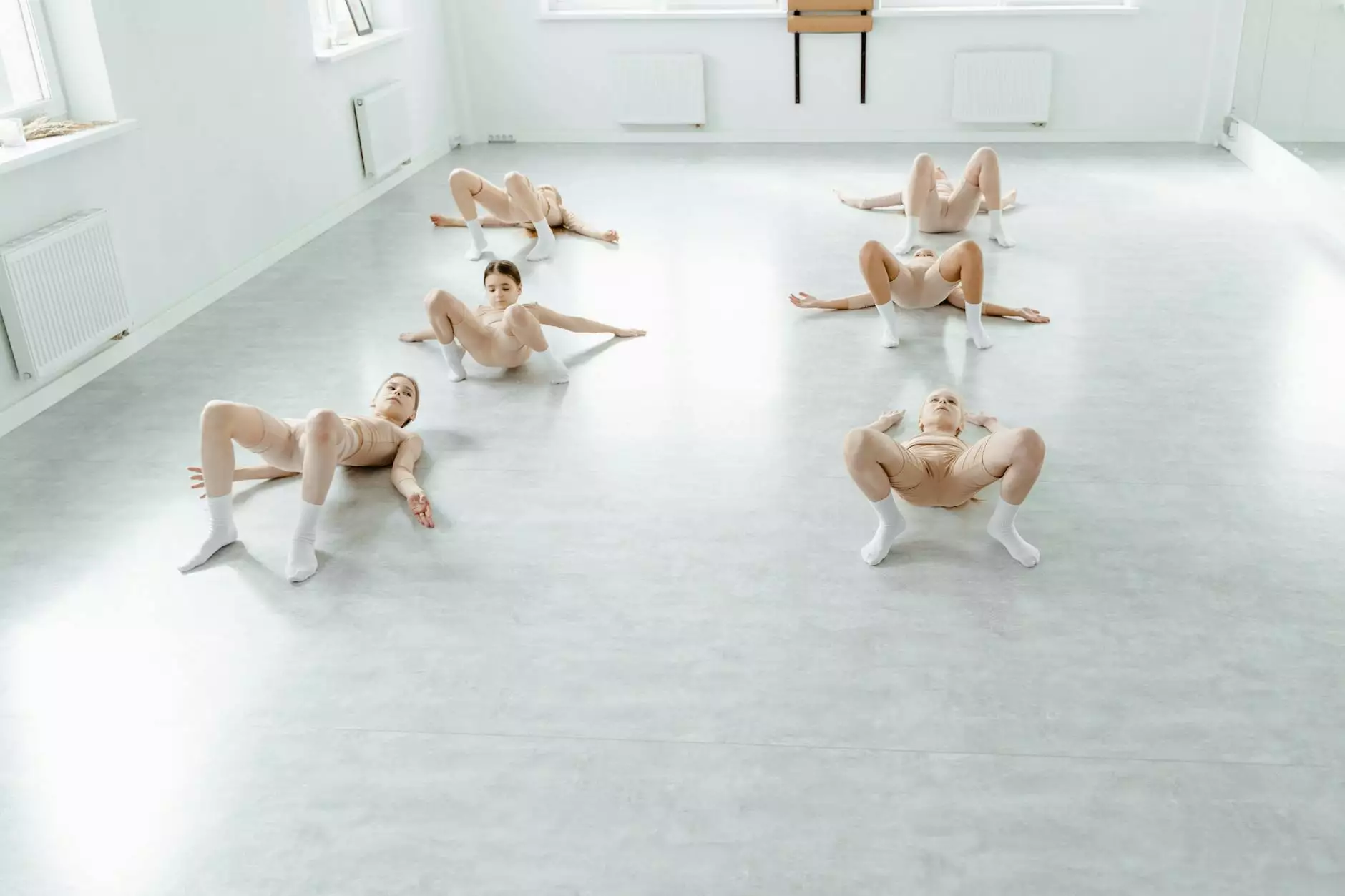Understanding the Art of Light Sculpture

Light sculpture is a mesmerizing intersection of light and form, where illumination transforms ordinary materials into extraordinary statements. This modern art form has captured the eye and imagination of artists, curators, and audiences alike, creating breathtaking experiences that challenge our perceptions of space and existence. In this article, we will explore the essence of light sculpture, its history, its notable artists, and its relevance in contemporary art and architecture.
The Evolution of Light Sculpture
Light sculpture has a fascinating history, bridging various artistic movements and technological advancements. The roots of this art form can be traced back to the early 20th century, where artists such as László Moholy-Nagy began experimenting with light as a medium. His innovative approach laid the groundwork for future exploration of light in art.
From Early Experimentation to Modern Masterpieces
In the 1960s and 1970s, artists like Dan Flavin expanded the boundaries of light sculpture by using fluorescent tubes to create installations that challenged viewers' understanding of space and perception. Flavin’s works were not just about light; they were also about the environment in which the light existed. This notion of site specificity became crucial in the evolution of light sculpture.
The Impact of Technology on Light Sculpture
With the advent of new technologies, including LED lighting, digital projections, and interactive installations, the realm of light sculpture has exploded in creativity and imagination. Artists can now manipulate light in ways that were previously unimaginable, leading to immersive experiences that invite viewer interaction.
Key Artists in the Realm of Light Sculpture
Several pioneering artists have significantly contributed to the development and recognition of light sculpture. Their innovative works continue to inspire and influence new generations of artists. Here are a few key figures:
- James Turrell: Renowned for his light and space art, Turrell’s installations, such as *Roden Crater*, utilize natural and artificial light to create experiences that heighten awareness and perception.
- Olafur Eliasson: Eliasson often incorporates natural elements and light in his work, creating engaging environments. His piece *The Weather Project* at the Tate Modern is a prime example of how light can alter space.
- Grimanesa Amorós: A prominent contemporary artist known for her vibrant and innovative use of light sculpture, Amorós brings forth themes of identity, culture, and community through her stunning installations.
Creating Spaces Through Light Sculpture
One of the most compelling aspects of light sculpture is its ability to transform space. When strategically placed, light sculptures can dramatically alter the atmosphere and experience of environments. Whether in public spaces, galleries, or private collections, these works invite contemplation and interaction.
Public Installations and Their Impact on Communities
Public installations of light sculptures have the power to revitalize urban spaces. They add a layer of dynamism to the surroundings, encouraging community engagement and interaction. For instance, Eliasson’s light installations often promote awareness of environmental issues, pushing viewers to reconsider their relationship with nature.
Art Galleries and Light Sculpture Exhibitions
Art galleries also serve as important venues for displaying light sculptures. Exhibitions that integrate light with other artistic forms provide audiences with a multisensory experience. In an art gallery, a Grimanesa Amorós exhibition of light sculptures would not only showcase her artistic brilliance but also serve as an exploration of cultural narratives intertwined with luminous visuals.
The Cultural Significance of Light Sculpture
Light sculpture is not just an aesthetic experience; it also embodies cultural significance and reflections of society. This art form often addresses themes such as identity, memory, and the interplay between nature and technology.
Exploring Themes of Identity and Community
Artists like Grimanesa Amorós utilize light to explore personal and collective identities within their communities. Her works often draw from her background and cultural heritage, highlighting how light can symbolize hope, change, and togetherness. Each installation tells a story, resonating with cultural narratives and individual experiences.
Environmental Awareness Through Light Sculpture
Moreover, many contemporary light sculptures serve as a commentary on environmental and social issues. By using sustainable materials and energy-efficient lighting, artists raise awareness about climate change and encourage viewers to engage in discussions about ecological responsibility.
Immersive Experiences and Interactive Art
The future of light sculpture lies in creating immersive and interactive experiences. Artists are increasingly employing technologies such as augmented reality (AR) and virtual reality (VR) to enable audiences to interact with their works. This evolution offers exciting possibilities for engagement and participation, allowing viewers to move beyond passive observation and become active participants in the artistic experience.
The Role of Technology in Enhancing Engagement
For example, installations that incorporate AR can enable viewers to visualize light sculptures in various contexts or environments. This not only enhances the aesthetic experience but also invites personal interpretation and reflection. Interactive light sculptures that respond to movement or sound create an engaging dialogue between the art and the audience.
The Future of Light Sculpture in Arts and Entertainment
As we look ahead, the future of light sculpture is filled with potential. The convergence of art, technology, and environmental consciousness will continue to drive innovation in this field. Artists will likely explore new ways to integrate light into various forms of media, expanding the boundaries of how we perceive light and space.
Sustainability and Social Responsibility
With the growing emphasis on sustainability in the arts, we can expect to see light sculptures that not only dazzle but also adhere to eco-friendly practices. Artists will increasingly consider the impact of their materials and methods, striving for works that are not only visually stunning but also socially responsible.
Global Collaborations and Cultural Exchange
The globalization of art practices will also play a role in shaping the future of light sculpture. Collaborative projects that bring together artists from diverse backgrounds will enrich the narrative of light in art, fostering cultural exchange and dialogue through unique perspectives.
Conclusion: Embracing the Light
The world of light sculpture is ever-evolving, inviting us to explore its depths and possibilities. Artists such as Grimanesa Amorós are at the forefront, utilizing this medium to convey profound messages and experiences. As we embrace light sculptures in our environments, we find not just art, but a deeper understanding of ourselves and the world around us.
By engaging with light sculptures, we embark on a journey that illuminates our minds and spirits, a testament to the enduring power of art to reflect our collective human experience. The future is bright, and the possibilities are endless.









